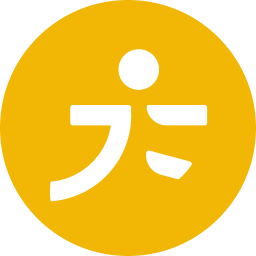Scoliosis, a condition characterized by an abnormal lateral curvature of the spine, affects millions worldwide. While it is often diagnosed in childhood or adolescence, its impact can extend into adulthood, influencing overall quality of life, posture, and mobility. However, targeted exercise programs can play a crucial role in managing and potentially improving this condition. In this article, we explore how specific exercises can help rectify spine problems associated with scoliosis and highlight an innovative app designed to support individuals on this journey.
Understanding Scoliosis
Scoliosis is not merely a cosmetic issue; it involves complex changes in the spine’s alignment that can lead to discomfort, pain, and reduced physical function. The curvature can vary in severity, with significant cases potentially impacting the lungs and heart.
The Role of Exercise in Managing Scoliosis
While severe scoliosis often requires medical intervention such as bracing or surgery, exercise is widely recognized as a beneficial practice for managing milder forms. Here’s how targeted exercises can help:
- Strengthens Muscles: Strengthening the muscles surrounding the spine can help support and stabilize the spinal column, potentially reducing the progression of the curvature.
- Increases Flexibility: Flexibility exercises can improve the range of motion, decrease stiffness, and reduce discomfort.
- Enhances Posture: Exercises that focus on posture can help in aligning the spine more correctly, alleviating uneven stress on the body.
- Reduces Pain: Regular movement and strengthening can alleviate the pain often associated with scoliosis by enhancing core stability and spinal support.
Specific Exercises for Scoliosis
Exercises tailored for scoliosis focus on achieving a more symmetrical alignment of the spine, strengthening the core, and enhancing spinal mobility. Here are some beneficial types:
- Stretching Exercises: Gentle stretches can help relieve tight muscles on one side of the body, which is common in scoliosis.
- Strengthening Exercises: Focusing on the core and the paraspinal muscles (which support the spine) can help in maintaining a better posture and reducing the curve’s impact.
- Postural Training: Activities that enhance awareness of spinal alignment can contribute to long-term improvements in posture and spinal curvature.
Integrating Exercise into Daily Routines
For those living with scoliosis, incorporating these exercises into their daily routine can seem daunting. However, leveraging technology can simplify this integration. Apps like Perfect Posture offer specialized programs, such as “Fight to Scoliosis,” which are designed to assist users in performing exercises that are beneficial for scoliosis at home and at their own pace. These routines are developed to aid in spinal alignment and strengthen the core, providing a practical approach to managing scoliosis.
Available on both Google Play Store and the Apple App Store, the Perfect Posture app provides a user-friendly platform with guided exercise plans that can be easily followed from the comfort of your home.
Conclusion
While scoliosis can be a challenging condition, the correct exercise regimen offers a proactive way to manage and potentially improve spinal health. With the aid of dedicated programs like those found in the Perfect Posture app, individuals can undertake a structured approach to exercise, tailored specifically to their needs. By embracing these exercises, it is possible to enhance quality of life and maintain spinal health effectively.
